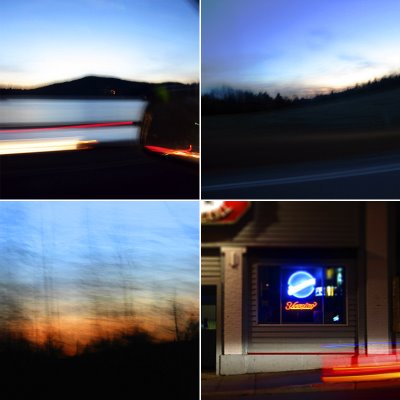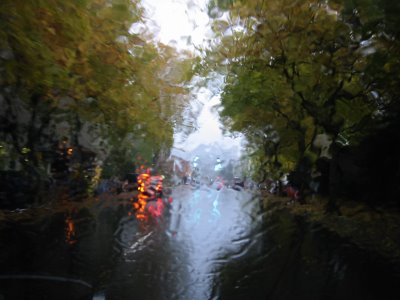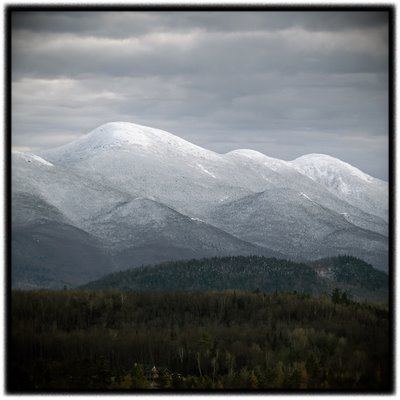It seems silly to think of photography as being fundamentally diffferent from any other medium, doesn't it? Paint can be used for many things ... the walls of your bedroom, the lines on the street, the pinstripes on your Camaro, or the ceiling of the Sistine Chapel. There's nothing magical about the medium that turns its products into art.
As far as what DOES make something art, this has been a point of contention for more than few thousand years. But I have little patience for those who refuse to notice the lessons of the 20th Century before spouting off on the subject. Modernism, and even postmodernism, are prettty old news by now, so ignorance is becoming a lame excuse.
Before wedding yourself to a definition of art, I think it's worth acknowledging a couple of things:
1) we routinely speak of bad art. This suggests that art can be bad, and therefore "goodness' may not have a place in our definition.
People who classify things as art based on how "good" they are are seeking what philosophers call a normative defintion ... one based a prescriptive set of standards. The problem is, while they have opinions about whether something meets their standards, they tend to have a hard time articulating what those standards are. Most attempts lead to pre-modern guild-type ideas that prescribe what things must look like or how they must be made.
I think we'd all be better served by a more descriptive definition. One that describes the nature or function of this thing we call art, and allows the thing to shine or fail based on a separate, probably evolving, set of standards. This allows us to have "bad" art ... which we all know we have plenty of.
2) We have close to a century showing us that art can be created by context.
Think about this one. The most obvious example is Duchamp's "readymades." He challenged us to look at banal objects like urinals and snow shovels as art. It was quite easy to do: he hung them in an art museum.
People had a lot of reactions to this, ranging from laughter to outrage to a smug "it's about time someone explained this to the rabble."
Even those who objected violently, citing all the reason the urinal wasn't great art, lost the battle before they even got a word in. Because Duchamp got them to look at the work as art. That's really all it took.
In a sense this actually gives all the power to you, gentle viewer. An object is art when you look at it as art.
This doesn't make it good art, doesn't make it bad art. That's a separate conversation (and a more complex one, I believe). But by submitting it to the conversation at all ... by engaging you critically, emotionally, intellectually, as you would normally engage a painting, you make it art. Love it or hate it, you did it. Duchamp just encouraged you to do it by hanging it on a white wall.
So what--can anything be art? Perhaps. But this isn't a free ride for anyone. By making something art by recontextualizing it ... encouraging others to see it as art ... you are also submitting it to the wrath of their artistic judgements. Your grocery list might be a perfectly respectable grocery list, demonstrating excellent taste in food and fine penmanship. But submit it to the Paris Review as a poem, and it will be looked at as a poem. It will be a poem. And what do you think the chances are that it will survive the hardened standards of the Review's editors? I suspect your humble grocery list would have done better to stay at home, in its comfortable context.
publisher's note Links added to Paul Ralphaelson's personal website and his Yahoo Group, Contemporary Landscape Photography










